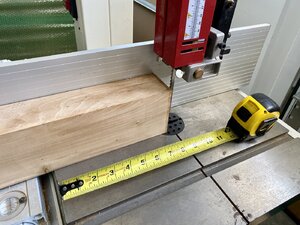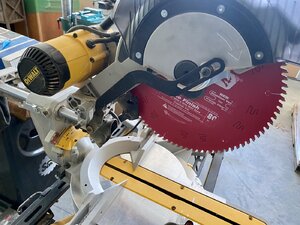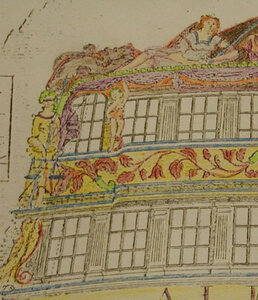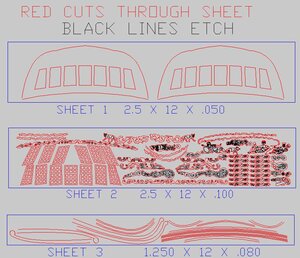Hello Don!! An STL file is nothing more than a type of 3D file used by 3D printers and people who create 3D artwork. STL is short for STEREOLITHOGRAPHY. The letters themselves would be the filename extension such as filename.stl just like you would see a text file named filename.pdf or filename.txt. STL files are made from thousands of tiny geometric triangles and such to create the final form of the object. While they would seem foreign by a human, they can easily be read by a computer. STL files are not the only type of 3D files but they have become more common as a result of the invention of 3D printers.WHAT AND HOW IS A STL FILE
We would not need an STL file for cannons if I already have the cannons you are looking for in my inventory of 3D objects. As you know there are many different types, shapes, and styles of cannon. There are also various crests and emblems that go on cannon. So, if I already had the cannon you needed then all I need is wood and we can directly fabricated it. If it is an all new cannon design, I either have to draw it from scratch or someone would have to provide a drawing or an STL file of that specific cannon. Make sense? The scale really does not matter because I can take any object in the computer and render it to whatever size we need.DO YOU NEED THIS IF SOMEONE PLACED AN ORDER FOR LET US SAY SIMPLY CANNONS IN A CERTAIN SCALE
If those plans are in a computer format such as a PDF file, they can be emailed to me and I can work from there to create proper CAD drawings for fabrication. This is the part that takes hours and hours of work. Drawings such as from Jeff Staudt are nearly perfect and take very little additional work. Drawings that are from original hand drafting or sketches such as historical work can be a nightmare for someone like me... that is where a person like Dave Stevens or someone who has more expertise in drafting and CAD comes into play.WHAT WOULD HAPPEN IF SOMEONE WANTED SOMETHING FROM A SET OF PLANS
If those plans are not in a computer format and only exist on paper, then the work is even more daunting. In this case we either need to scan the paper copies into a computer and redraw (lots of errors here), trace over the paper plans using a digital drawing tablet, or completely redraw the plans in the CAD software from scratch. All of these methods is a tremendous amount of work. MORE than building the actual model itself!! For a complete ship it would be hundreds if not thousands of manhours. This is why it takes more than one person.
You asked very good questions and I hope this helps everyone understand better what it takes to design a model.












